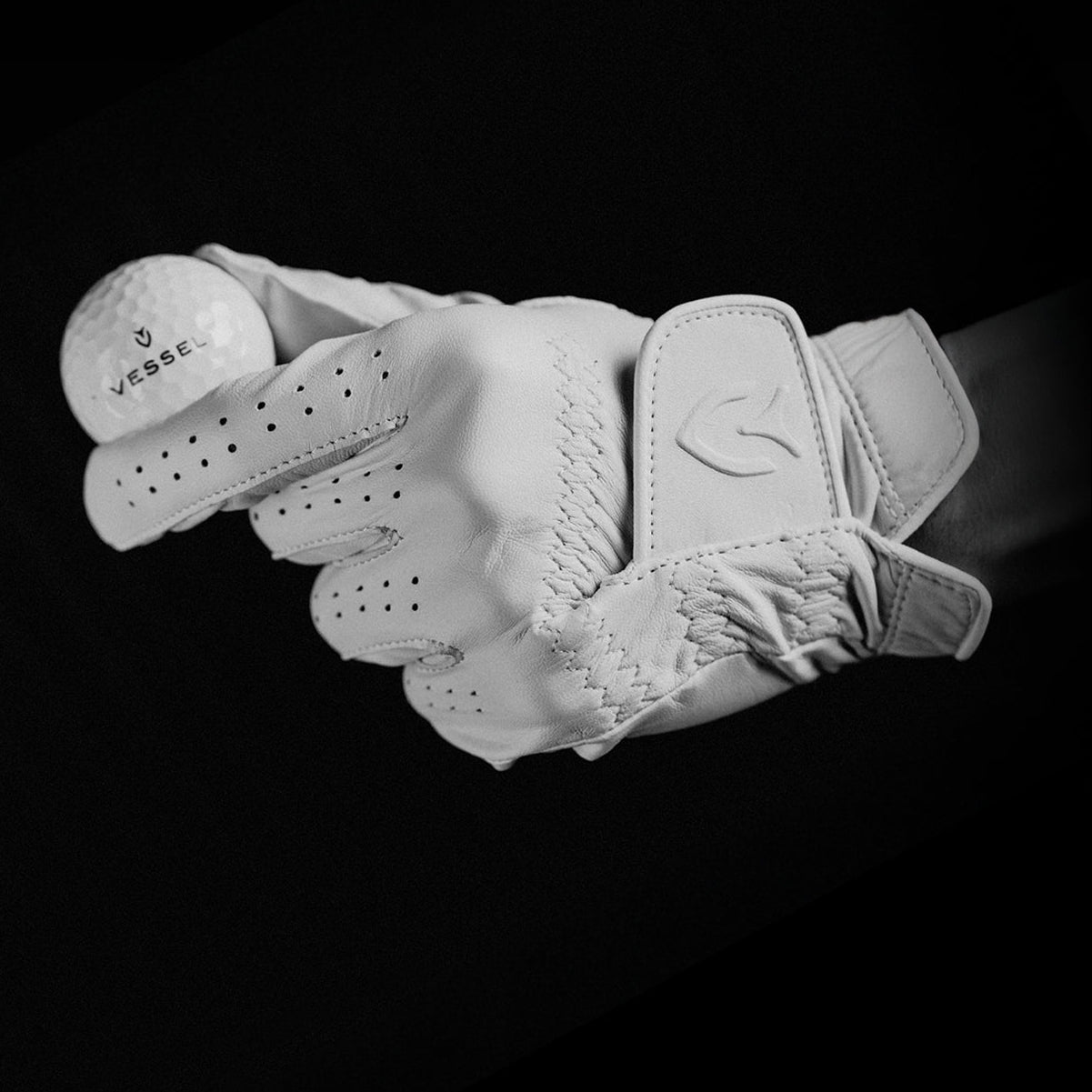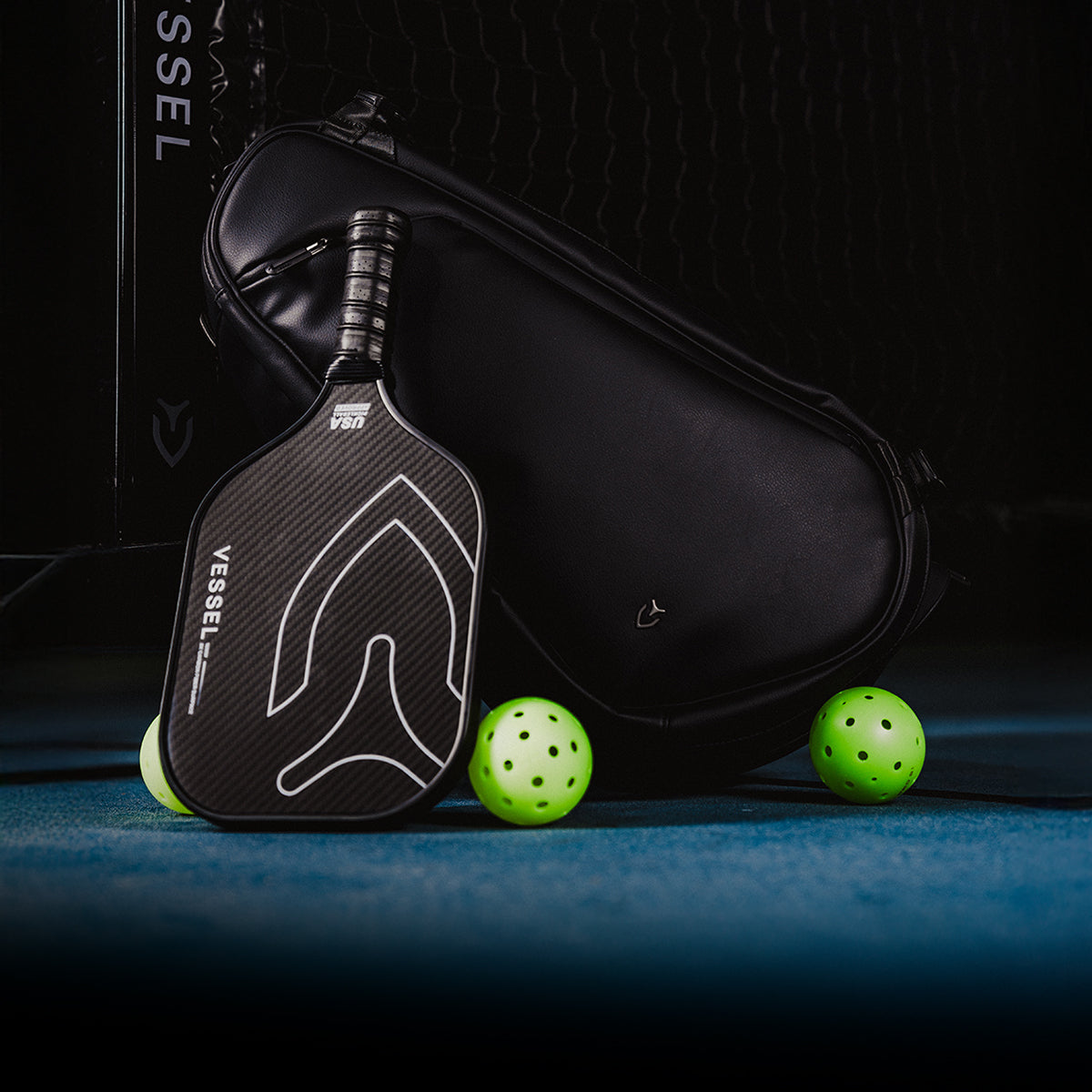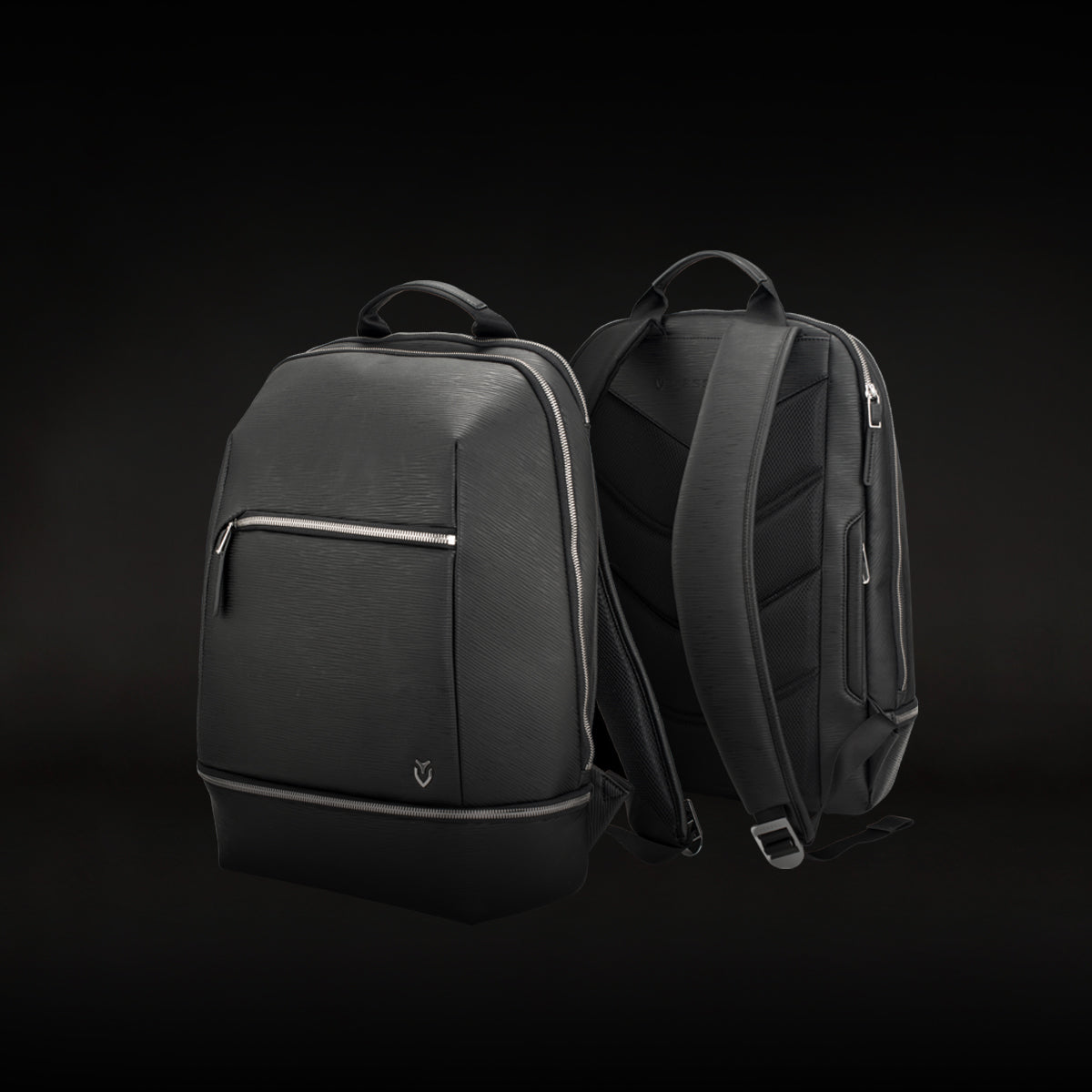

You'll probably shoot between 94 and 100 strokes per round if you're a casual golfer, and like most players, you might find it tough to break 90 regularly. When you're just starting out, expect to hit around 120 strokes, but don't worry - you'll improve with practice. In fact, only about 38% of golfers break 100 consistently. Your age plays a role too - players in their 20s typically shoot around 90, and scores tend to stay pretty steady (91-92) between ages 30 and 70. Let's look at some ways to bring those numbers down.
What A Typical Golf Score Range
While golf scores can vary a lot from player to player, most casual golfers shoot between 94 and 100 strokes in a round. If you're just starting out, you'll probably hit around 120 strokes, but don't worry - you'll get better with practice. It's worth noting that about 62% of golfers consistently shoot above 90, so you're not alone. Today's bigger drivers have made it easier to hit the ball farther off the tee, which helps bring those scores down. Many players set their sights on breaking 100 as their first big goal, while breaking 90 is something only about a third of golfers manage to do. Want to improve faster? Taking golf lessons can really help - you'll learn the right techniques from the start instead of developing bad habits.
If you're keeping honest score (and not taking those "do-over" shots we all love), you'll get a true picture of how well you're playing. Just remember that your scores will change depending on how tough the course is and how strictly you follow the rules.
Breaking Down Average Scores by Age
Looking at golf scores by age group tells an interesting story, and you'd be surprised to learn that age isn't always the biggest factor in how well someone plays. Players in their 20s typically average around 90, and while they've got the physical edge for distance, they don't always have the strategic know-how of more experienced golfers. Data from TheGrint shows that scores don't really start dropping until players hit 70+, and that's mainly on the longer holes. What's cool is that average scores stay pretty steady through the years, hanging around 91-92, as players adapt and lean on different strengths. Sure, your 30s and 40s might be tough with work and family eating up your practice time, but you'll likely make up for it by playing smarter. Once you hit your 50s and beyond, you'll probably find that your improved short game and smarter course strategy make up for not hitting it as far as you used to. And if you're wondering about casual players who don't keep an official handicap - they usually score about 10 strokes higher than those who do.
How to Improve YouR Score

Getting better scores isn't just about hitting the ball - it's about understanding what affects your game. When you're accurate off the tee and hit it far, you'll have shorter shots into the green. Your iron play directly impacts how many greens you'll hit in regulation. It's interesting to note that PGA Tour players have been hitting it about a yard longer each year. Your putting, especially how often you one-putt and how well you lag putt, will make the biggest difference in your score. You'll usually score better during casual rounds than when you're playing competitively. Don't forget about your short game - getting up and down from bunkers and rough can save you a bunch of shots. When you're out there playing, you'll need to think about the wind, where the pin is, and whether certain shots are worth the risk. And your equipment matters too - your clubs and wedges can really affect how well you'll score on any given day.
The Learning Curve for Golfers
Learning golf follows three phases that typically take 12-18 months of dedicated practice. You'll start as a novice, working on basics like grip and stance while building muscle memory through lots of repetition. After a few months, you'll move to intermediate level, where you'll learn course strategy and how to shape your shots. Don't worry if you hit plateaus - they're totally normal! The key is to keep practicing consistently, spending about half your time on short game skills like putting and chipping.
As you get better, you'll need to work on your mental game too. Set goals you can reach, keep track of how you're doing, and celebrate small wins like your first par. Remember, everyone learns differently, so don't compare yourself to others.
Your gap wedge works best from 80-100 yards, sending the ball on a higher path with more spin - perfect for soft greens and precise shots. Use it when you need to hit over obstacles or you're stuck in thick rough. For bump-and-run shots near the fringe, use your approach wedge instead, but switch to your gap wedge when you need the ball to stop quickly.
Frequently Asked Questions
How Do Weather Conditions Affect Your Golf Score?
Weather significantly impacts your golf game in complex ways. You'll lose about 1.5% of ball distance for every 20°F temperature drop, and wind can really mess with your ball's path. On wet courses, you'll need to change how you play since your ball won't roll as far as usual. High humidity affects your shots more than temperature changes alone, and if you're playing in the morning, you'll usually enjoy calmer weather conditions.
How Many Golfers Actually Keep Track of Their Scores?
You think you're special for tracking all your shots? Actually, you're part of a smaller group than you might expect! Only 3.2 million U.S. golfers - about 20% - keep an official USGA handicap. Most people who track their scores are serious players who consistently shoot under 100, while casual golfers don't usually bother keeping records. People typically track their scores for three main reasons: to play in tournaments, to improve their game, or just to have something to brag about over drinks after their round.
Do Right-Handed and Left-Handed Players Score Differently?
You won't notice much difference in scoring between lefties and righties in golf - it's really about how skilled you are and how much you practice. Golf courses and gear are made to work well for both styles, which is why you'll see successful pros playing from either side. While left-handed golfers are a bit rare (only about 5-7% of players), they can score just as well as right-handed players.
What's the average score difference between summer and winter rounds?
You'll probably score 3-5 strokes higher when playing golf in winter versus summer, though this can vary depending on where you live and how good you are. Winter golf is tougher because your muscles get cold, you're wearing bulky clothes that limit your swing, and the hard ground makes the ball roll differently. In summer, you'll likely shoot better scores thanks to longer days, better-maintained courses, and warm weather that keeps you loose and helps create more predictable playing conditions.
Conclusion
Just like a mountain climber reaching new heights, your golf journey's all about steady progress and hitting your own milestones. Don't worry that the average weekend golfer shoots around 100 - that number shouldn't define your game. Instead, focus on beating your own scores, celebrate the little wins, and remember that even Tiger Woods started as a beginner. Stick with it, practice regularly, and you'll see those scores start dropping.







